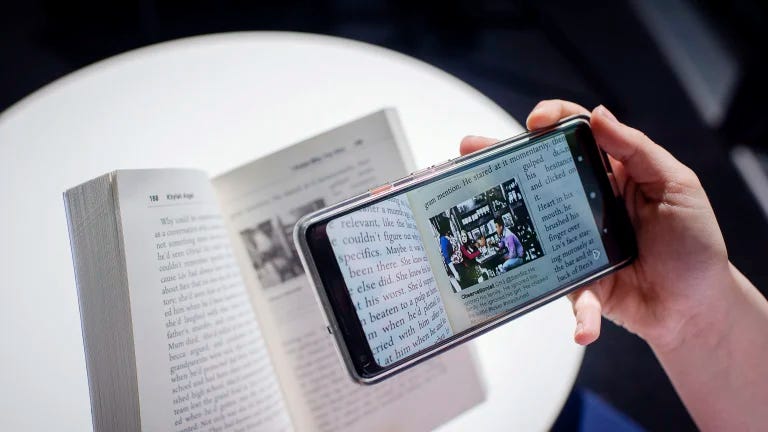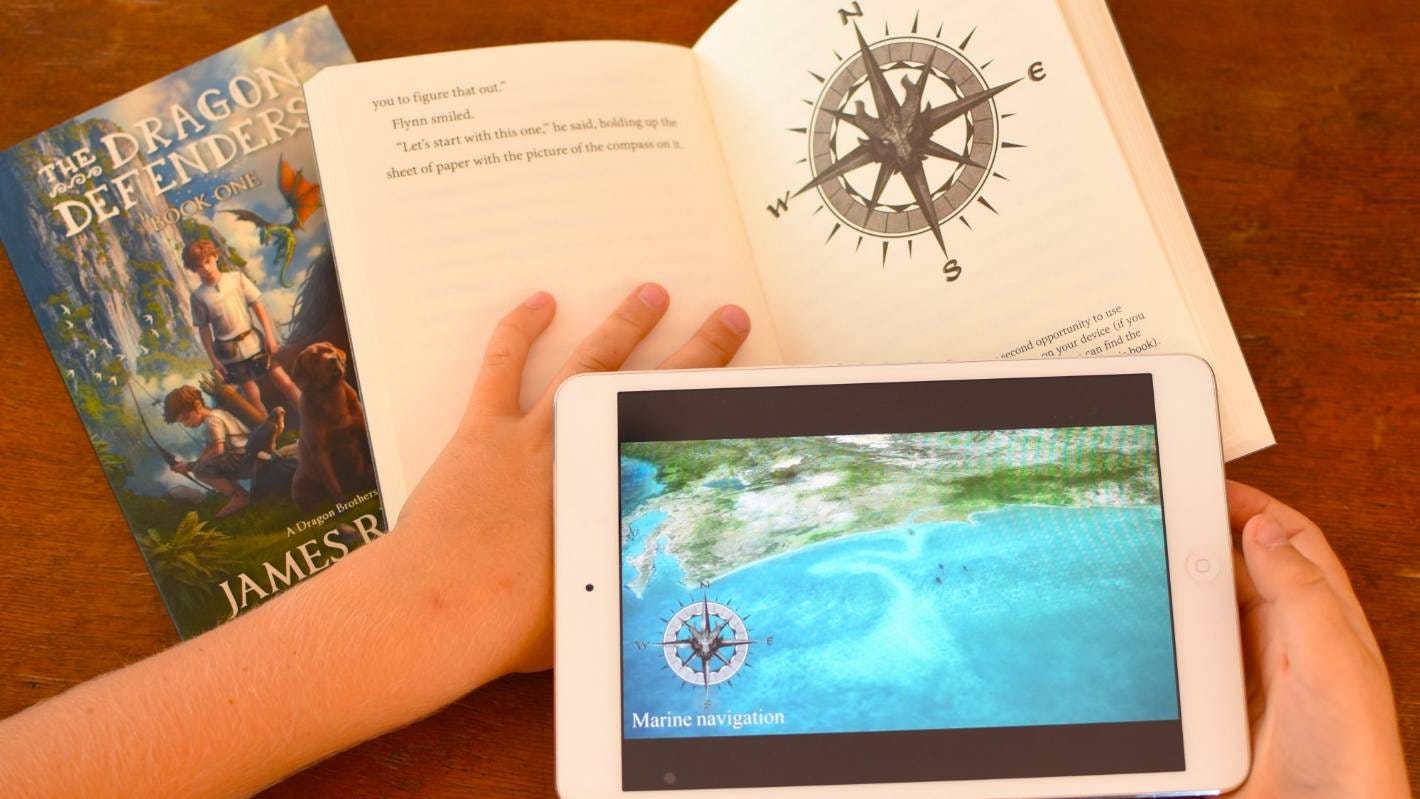Augmented Reality in Publishing: A New Era of Immersive Reading Experiences #ARinPublishing #ImmersiveReading #AugmentedRealityBooks #ARDevices #FutureofPublishing
Day 17- AR22 "How AR is Changing the Way We Read and Examples of AR-Enabled Books in Recent Years"
In recent years, the publishing industry has witnessed a transformation with the advent of augmented reality (AR) technology. AR has opened new doors for publishers to create immersive reading experiences that blur the line between reality and fiction. With AR-enabled devices becoming more accessible and affordable, publishers are exploring new ways to engage readers with interactive content and enhance their reading experience. In this article, we'll explore the impact of AR on the publishing industry and look at some examples of AR-enabled books that have been published in recent years.
AR Technology and Its Impact on Reading:
Augmented reality is a technology that overlays digital content on top of the physical world. AR-enabled devices such as smartphones, tablets, and smart glasses use cameras, sensors, and software to recognize real-world objects and add interactive digital content to them. In the context of publishing, AR technology offers a unique opportunity to create immersive reading experiences that go beyond the limitations of traditional books.
AR technology can be used to enhance the reading experience in several ways. For instance, it can be used to add multimedia content such as videos, audio, and images to the text, making the content more engaging and interactive. AR can also be used to create 3D models of characters and scenes, allowing readers to explore the fictional world in a more immersive way. Moreover, AR can be used to add interactive elements such as quizzes, puzzles, and games to the content, making the reading experience more interactive and entertaining.
AR-Enabled Books: Examples of Immersive Reading Experiences
Several publishers have already started using AR technology to create immersive reading experiences. Here are some examples of AR-enabled books that have been published in recent years:
"Wonderbook: The Illustrated Guide to Creating Imaginative Fiction" by Jeff Vandermeer
Wonderbook is an instructional book on writing fiction that uses AR technology to create an interactive and immersive reading experience. The book includes QR codes that, when scanned with a smartphone or tablet, trigger AR animations and illustrations that help readers visualize the concepts being discussed.
"The Magic Misfits: The Second Story" by Neil Patrick Harris
"The Magic Misfits" is a children's book series that uses AR technology to create an interactive reading experience. The second book in the series includes an AR app that allows readers to bring the characters and scenes to life through 3D animations and interactive games.
"The Walking Dead: The Complete First Season" by Robert Kirkman
"The Walking Dead" is a graphic novel series that uses AR technology to create an immersive reading experience. The AR app allows readers to scan the pages of the book and unlock behind-the-scenes content such as concept art, interviews with the creators, and 3D models of the characters.
Conclusion:
AR technology is changing the way we read by creating immersive and interactive reading experiences that go beyond the limitations of traditional books. With the rise of AR-enabled devices, publishers have an opportunity to engage readers with interactive content and enhance their reading experience. While AR-enabled books are still relatively new, they hold great potential for the future of publishing. As AR technology continues to evolve, we can expect to see more publishers experimenting with AR and creating even more immersive and interactive reading experiences.





